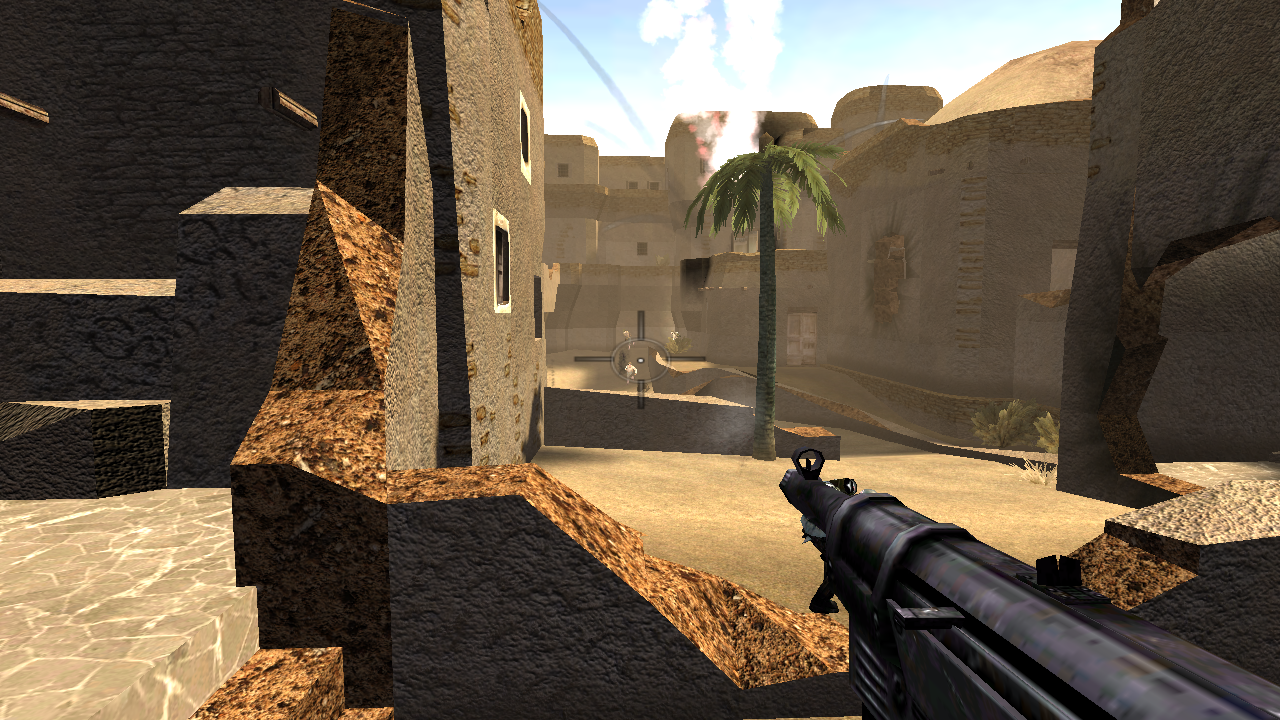

The engine can blend multiple animations together, to produce a skin that moves correctly for those animations. The models used in id Tech 4 engine games are animated using skeletal animation.

The method used to create the shadow volumes is the subject of a patent by Creative, which Creative granted id permission to use in the Doom 3 engine, in exchange for supporting Creative's EAX advanced sound technologies. This fully realtime approach used in Doom 3, combined with the use of shadow volumes permitted more realistic lighting and shadows than in the previous generation of id's engines. While dynamic effects had been available before (such as dynamic moving lights), this effect merely changed the brightness of the vertices of the polygon, with the pixel's colors simply being interpolated between the three vertex colors of its polygon. The primary innovation of id Tech 4 was its use of entirely dynamic per-pixel lighting, whereas previously, 3D engines had relied primarily on pre-calculated per-vertex lighting or lightmaps and Gouraud shading. More features were added in the development of successive games, and in yet unreleased games using id Tech 4, new features have been added or are planned to be added soon. These included bump mapping, normal mapping, and specular highlighting. Id Tech 4 added several new graphical features absent in its predecessor, id Tech 3. There have been cases of enthusiasts forcing Doom 3 to run on unsupported graphics chips, such as the long obsolete Voodoo 2, but these are unable to render the per-pixel lighting and bump mapping. Until the advent of id Tech 4, a powerful CPU was able to somewhat compensate for an older video card. Id Tech 4 resulted in the obsolescence of DirectX 7 graphics chips such as the widespread GeForce 2 and Radeon 7200, as well as older chipsets. The "Ultra" graphics mode included in Doom 3 would not even run on the current popular graphics cards available in 2004, requiring at least 512 MB of video memory to display properly and at playable speeds, meaning that it was basically unusable at the time of release. The original requirement of id Tech 4 was that it needed a high-end graphics processing unit (GPU) with fully programmable vertex and pixel shaders.
Wolfenstein enemy territory engine code#
According to Carmack, minor tweaks were made to the code to avoid any infringement. The source does not include any of the 'Carmack's Reverse' code. On November 22, 2011, Carmack released the Doom 3 source code on Github. The decision to switch from C to the C++ programming language necessitated a restructuring and rewrite of the rest of the engine today, while id Tech 4 contains code from id Tech 3, much of it has been rewritten. During development, it was initially just a complete rewrite of the engine's renderer, while still retaining other subsystems, such as file access, and memory management.

Id Tech 4 began as an enhancement to id Tech 3. 2.3 Rendering techniques used in id Tech 4.


 0 kommentar(er)
0 kommentar(er)
